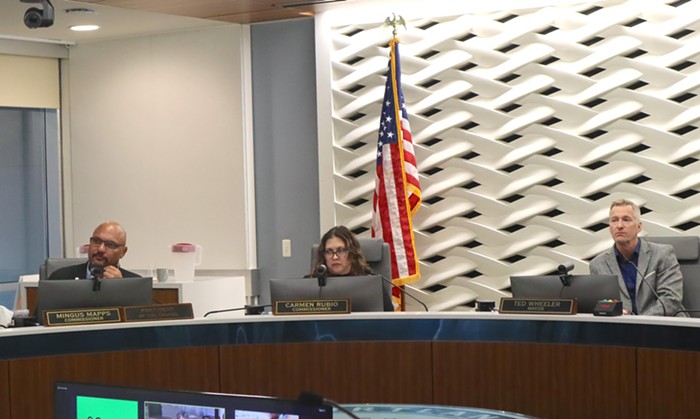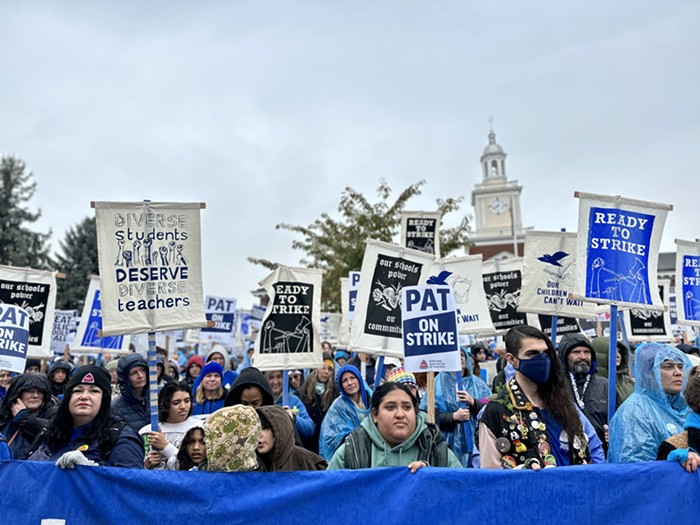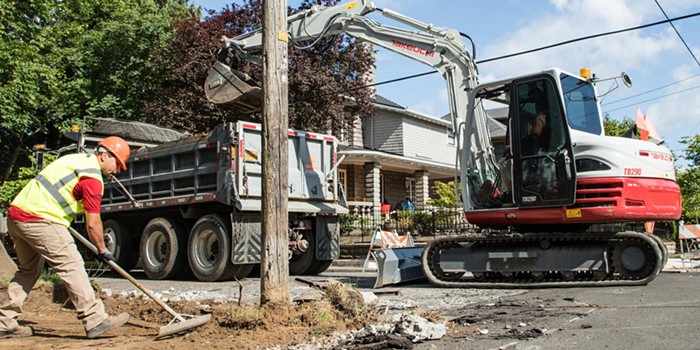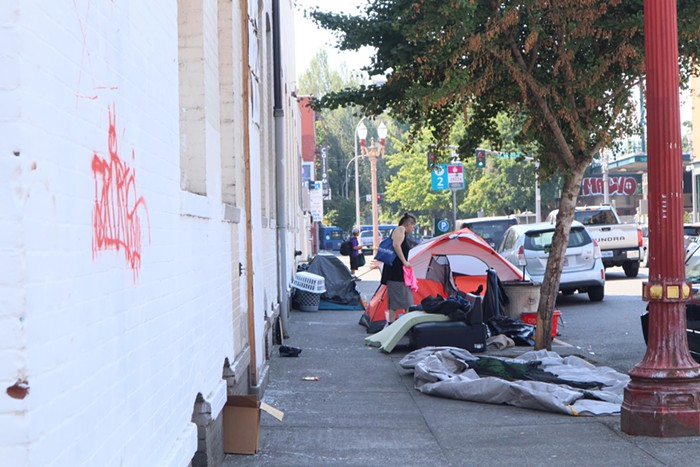
Oregonians no longer need to wear masks in crowded outdoor settings, the Oregon Health Authority (OHA) announced Tuesday.
“This decision, which takes effect immediately, reflects the overall progress we’ve seen on the COVID-19 front here in Oregon,” said OHA Director Patrick Allen during a press conference.
The state’s outdoor mask mandate was introduced in August due to the “unusual” surge of COVID cases caused by the Delta variant, Allen explained. Oregon was one of very few jurisdictions across the country with an outdoor mask mandate. Because Oregon’s COVID case load has subsided since the August peak, OHA officials no longer believe masking outdoors is necessary, but still encourage immunocompromised and other people at high-risk of contracting COVID to wear a mask in outdoor crowds.
It’s still unknown when Oregon will lift its indoor mask mandate, which was reinstituted in August.
“We're not remotely close to being able to identify what those targets [for lifting the indoor mask mandate] should be,” Allen said. "We will need to set targets, but we really need to be able to set them based on the circumstances at the time that we set them and we think that we're weeks away from being able to do that.”
State officials do have more concrete plans for COVID testing in public schools.
At the Tuesday press conference, Oregon Department of Education Director Colt Gill announced the launch of the state’s “Test to Stay” COVID testing program in Oregon schools. The program will be available to unvaccinated students and staff who have been exposed to a confirmed COVID case at school. After being exposed, students and staff will enter a seven-day “modified quarantine” period. On the first day following exposure, they will take a rapid antigen test at the school. If the rapid results are negative, the exposed student or staff member will stay in school and then take a second rapid test sometime on days five through seven to confirm the negative result.
Prior to the testing program, unvaccinated students and staff had to quarantine at home for 10 days following COVID exposure, sometimes causing significant losses of in-person learning time. Vaccinated students and staff do not need to quarantine following exposure as long as they are asymptomatic.
“We know the majority of our students learn better in person,” Gill said. “Let me be clear though: vaccination is by far the best and most effective protocol for preventing the spread of COVID-19 for reducing the impact of the disease on individuals and preventing lost learning time.”
There are some caveats to the new school testing program. For example, if an unvaccinated student is exposed to a COVID positive person during an extracurricular activity where masking was not required—like an outdoor school sport—they are not eligible to be tested and will have to quarantine for 10 days at home.
Gill noted that the new program—and the decreased quarantine periods it allows—hinges on schools upholding existing safety measures that further mitigate the transmission of COVID, like physical distance between students, proper air flow in classrooms, and an emphasis on increased hand washing. The program is also dependent on the availability of rapid COVID tests. If supply chain issues prevent schools from securing enough tests in the future, participating schools may have to pause the program.
About 170 schools throughout the state have opted-in to participate in the new testing program. That includes all schools in the Portland Public School district.
As people start gathering for the holidays, Allen encouraged Oregonians to get vaccinated, get booster shots as soon as possible, and wear a mask indoors if they are gathering with unvaccinated people.
“We can be heartened that the arriving holidays are likely to look more like 2019 than 2020, but there are measures you can take to protect yourself and the people around you,” Allen said. “I want to acknowledge the sad milestone of Oregon's 5000th COVID-19 death was surpassed yesterday. Each death represents a hole in someone's life that will never be filled.”



















